Optimal Timing for Lawn Mowing
Understanding the optimal timing for lawn mowing ensures a healthy and attractive yard. The best time to schedule lawn mowing depends on the season, grass type, and local climate conditions. Regular mowing promotes dense growth and prevents pests and diseases from establishing.
Spring is ideal for establishing a mowing routine as grass begins to grow actively. Mowing frequency increases as temperatures rise.
During summer, mowing should be adjusted based on growth rate and weather conditions. Avoid cutting grass too short during hot periods to prevent stress.
In fall, mowing helps prepare the lawn for winter. Gradually reduce mowing frequency as growth slows.
In regions with mild winters, mowing may be minimal or unnecessary. Avoid mowing when the ground is frozen or wet to prevent damage.

Ways to make Lawn Mowing Service work in tight or awkward layouts.
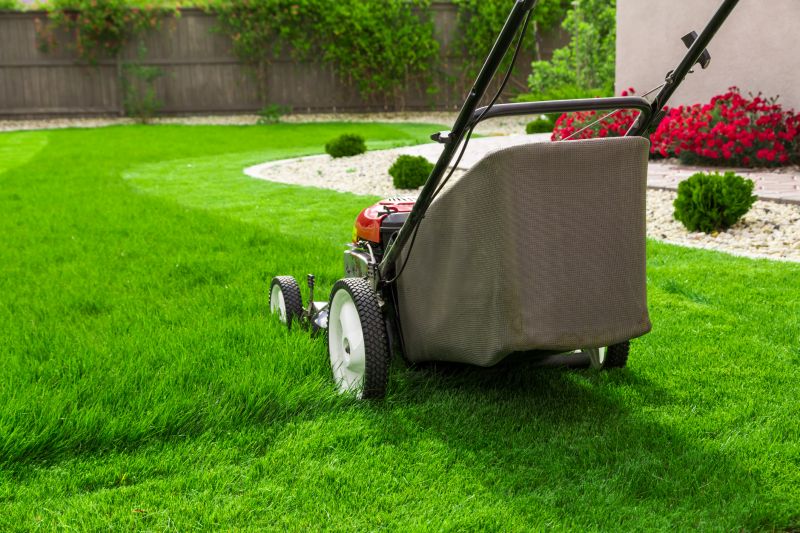
Popular materials for Lawn Mowing Service and why they hold up over time.
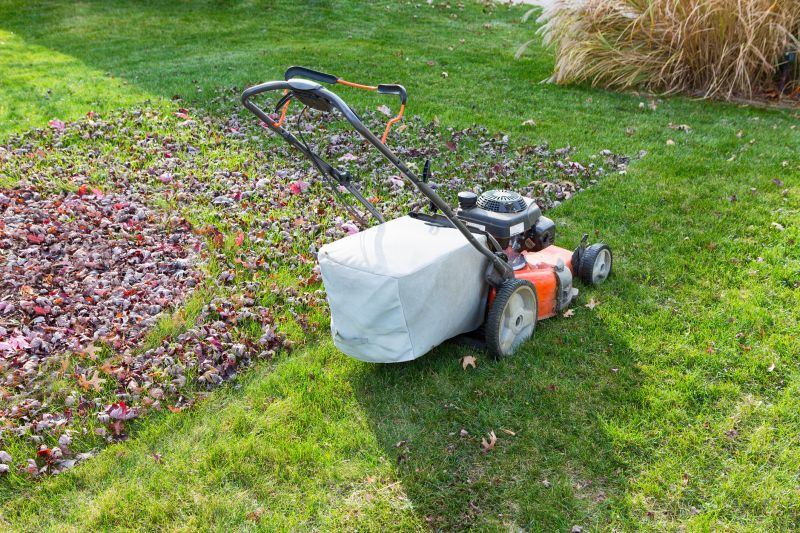
Simple add-ons that improve Lawn Mowing Service without blowing the budget.
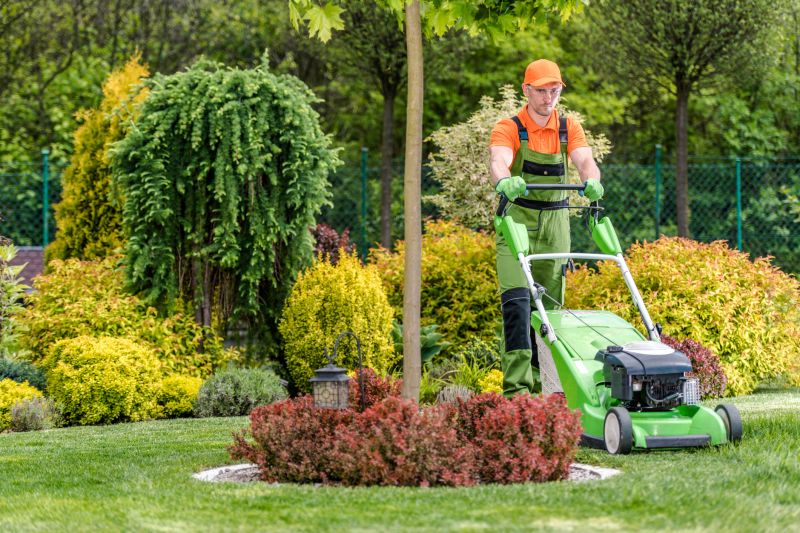
High-end options that actually feel worth it for Lawn Mowing Service.
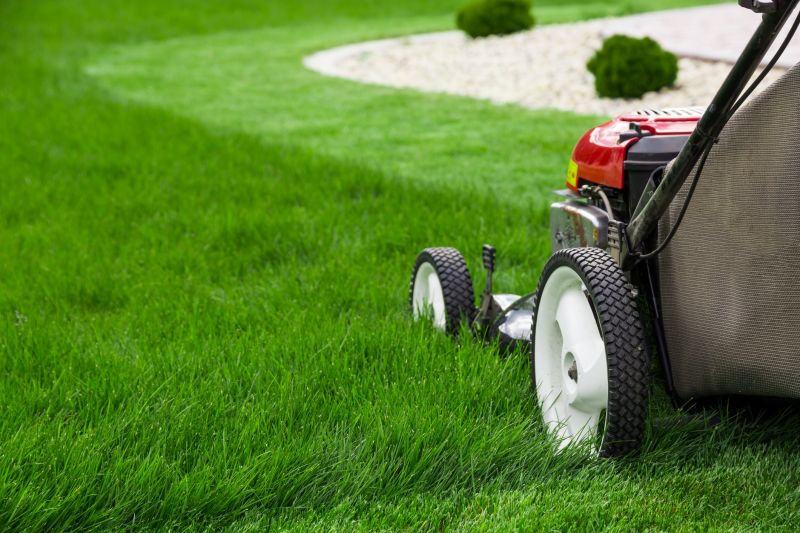
Finishes and colors that play nicely with Lawn Mowing Service.

Little measurements that prevent headaches on Lawn Mowing Service day.
Adjusting mowing schedules based on seasonal changes helps prevent damage and promotes vigorous growth. For example, cutting grass too short during hot summer months can lead to stress and increased watering needs. Conversely, leaving grass too long in winter may hinder proper dormancy and snow coverage.
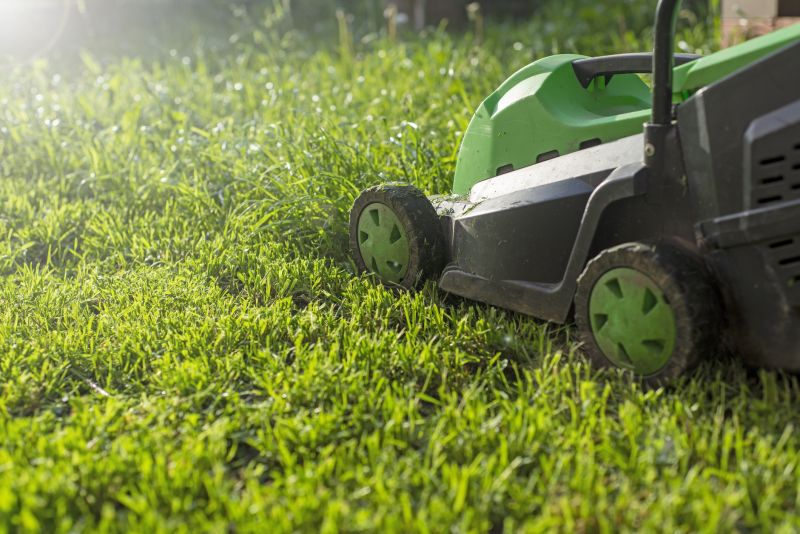
A 60-second routine that keeps Lawn Mowing Service looking new.
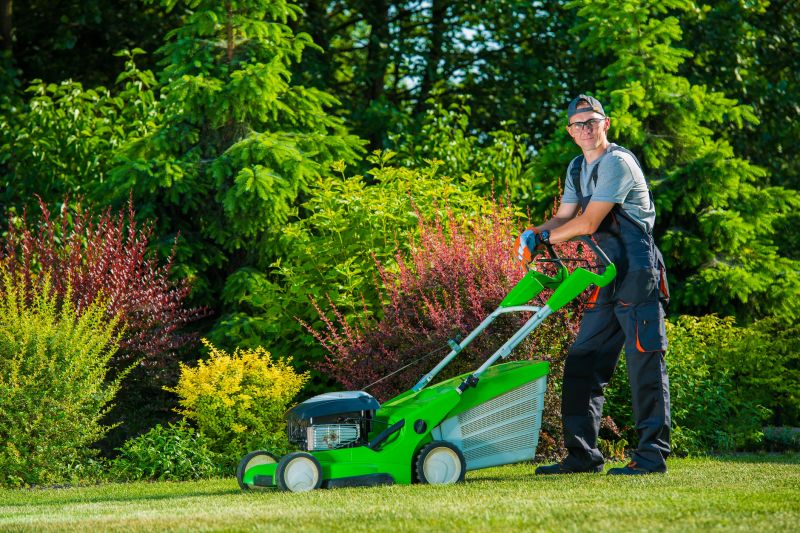
A frequent mistake in Lawn Mowing Service and how to dodge it.

Small tweaks to make Lawn Mowing Service safer and easier to use.
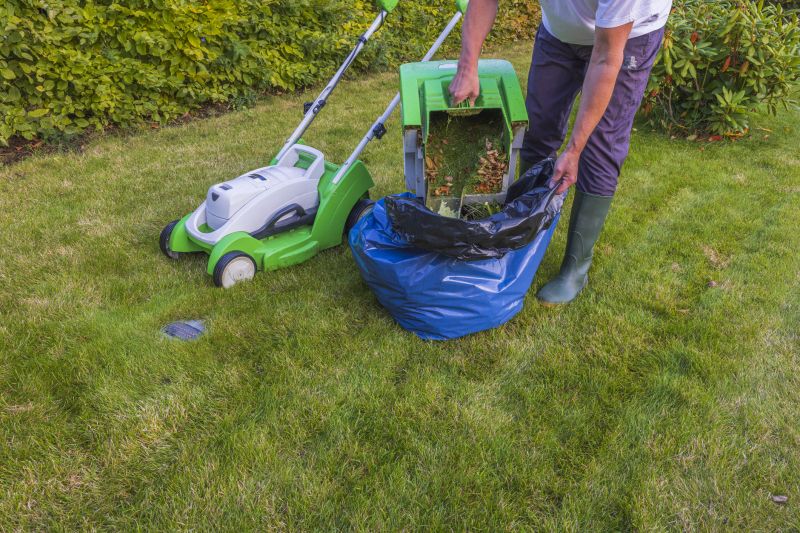
Lower-waste or water-saving choices for Lawn Mowing Service.
| Season | Recommended Mowing Frequency |
|---|---|
| Spring | Once every 1-2 weeks |
| Summer | Once every 1-2 weeks, adjust for growth |
| Fall | Every 2-3 weeks |
| Winter | Minimal or none, depending on climate |



